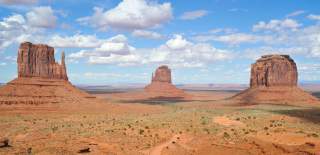Our Animal Fact Files focus on one animal that you can find in the New Forest and each blog will share lots of interesting facts about our animals, so everyone can learn and understand more about the wonderful wildlife in our beautiful National Park…
.gif)
-2.gif)
Top facts about Pigs in the New Forest:
- Pigs are usually only released onto the forest for just 2 months each year, usually falling from mid-September to mid-November.
- This period of time that the pigs are roaming the forest is called ‘Pannage’, also known as ‘Common of mast’.
- Up to 600 pigs and piglets are in the forest during Pannage.
- The New Forest is one of the only areas in the UK that practice Pannage and let pigs roam free.
- Pannage is an ancient tradition in the New Forest and dates all the way back to the time of William the Conqueror, who founded The New Forest in 1079.
- The job for the pigs is to eat up all the acorns that drop from the trees over autumn, which are poisonous to the free roaming ponies in the New Forest.
- There isn’t a specific breed of New Forest pig. The pigs you’ll find in the forest will most likely be Tamworth, Gloucestershire Old Spot, the British Saddleback and the Wessex Saddleback breeds.
- All pigs must be fitted with a ring through the nose, to stop them from rooting their snouts into the ground and damaging the forest floors when foraging through leaf litter and surface vegetation.
- There isn’t one particular spot that the pigs are released, they are released by Commoners all over the forest.
- In the 19th century the number of pigs released into the forest during Pannage was up to 6,000!
.gif)
-2.gif)
Please always follow the New Forest Code in the New Forest. Do not touch the pigs, or other animals. Do not feed the pigs, or other animals, they have plenty of natural food from the New Forest and human food is harmful to them. Drive carefully, please note that pigs have little to no road sense and often run into the middle of the roads – drive very slowly and carefully if you do come across pigs in the middle or on the verge of a road. See the full New Forest Code below:
.gif)
-2.gif)

